From this partly shirred polyester taffeta fabric I made a blouse.
I drafted a princess line blouse with a large wide shawl collar to add some drama.
When the blouse was done and I tried it on I was not happy with the collar design and appearance, to me it appealed too flat . I wanted a more voluminous collar and although the fabric has a bit of volume itself due to the shirring it was not enough to my taste.
I shared my dilemma to my good friend and colleague Neeltje to change the collar design into a more voluminous collar, and she remembered seeing a voluminous collar in a pattern magazine “Knipmode” where the outer edge of the collar was flat and a narrow tape separated the ruffled upper collar part from the flat outer edge.
I used my self drafted collar pattern and made a new one by using a so-called slash and spread method to add some volume.
Flat collar pattern
Copied the collar pattern included the in and outer edge seam allowance and added 6 inches (15 cm) in length for a half pattern by slashing and spreading the pattern towards the outer edge only.
I also added 1 cm in width and used a scare ½ cm seam allowance for the outer edge.
So I had to remove the neckline facing and the upper collar at the neckline.
I kept 1 inch (2,5 cm) wide from the flat upper collar outer edge intact and basted it towards the under collar.
Copied the collar pattern included the in and outer edge seam allowance and added 6 inches (15 cm) in length for a half pattern by slashing and spreading the pattern towards the outer edge only.
I also added 1 cm in width and used a scare ½ cm seam allowance for the outer edge.
Since the outer edge of the upper collar will be flat the upper collar needs to be eased in for the extra length and the volume effect is due to the added width total 1 1/4 inch (3 cm).
Made a test sample from another piece of polyester taffeta fabric.
and made a new voluminous upper collar.
I stitched the 1/4 inch (6 mm) wide bias tape on both outer edges with the new eased in upper collar lying underneath the tape butted at the flat cut off outer edge and finished the collar and facing as usual.
The bias tape and facings for the front, neckline, sleeve and blouse hem are
made using the same fabric but without the shirring (removed the elastic thread shirring with my seam ripper) because I wanted a smooth fabric for the facings and hems.
detail picture back side elastic shirring:
Facing center front:
The seams are finished with a three-thread serger and bound with a very lightweight nylon tape.
For a more dramatic way I can wear the blouse with the collar standing up:
I like my pumped up volume collar and it was worth the effort the work involved.
Flat collar versus voluminous collar:













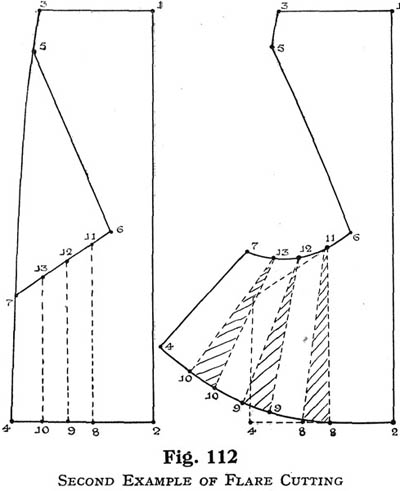
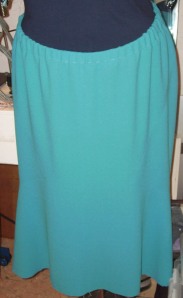

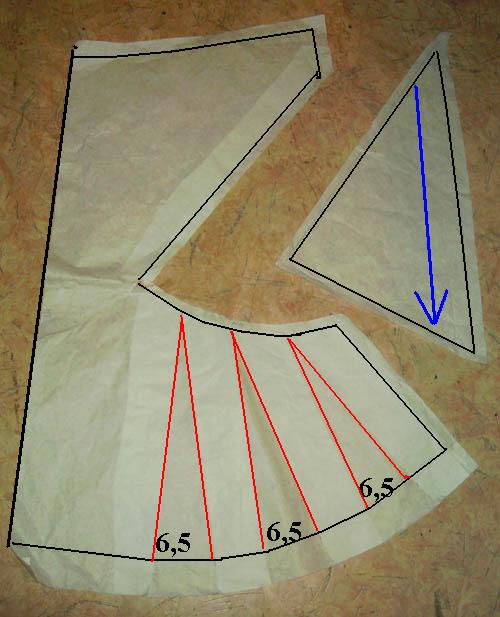




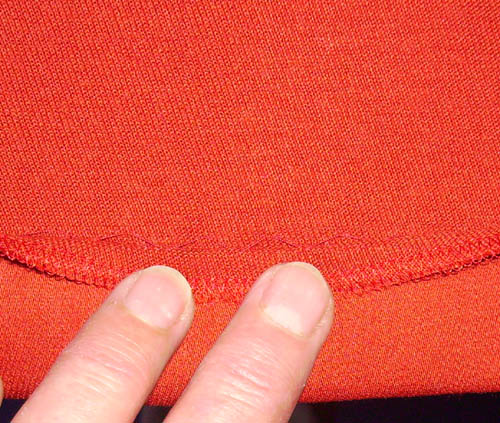

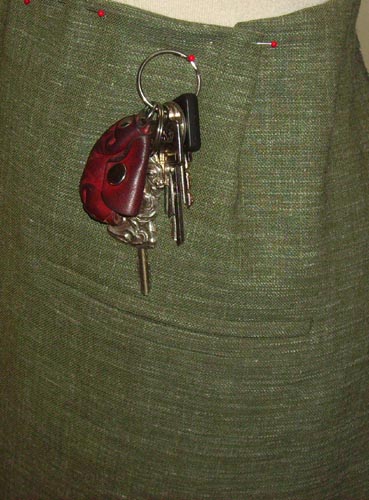
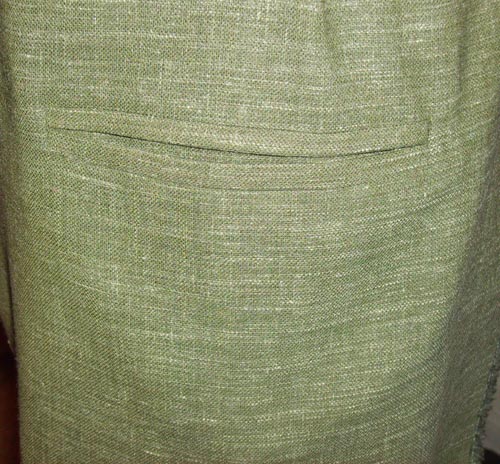
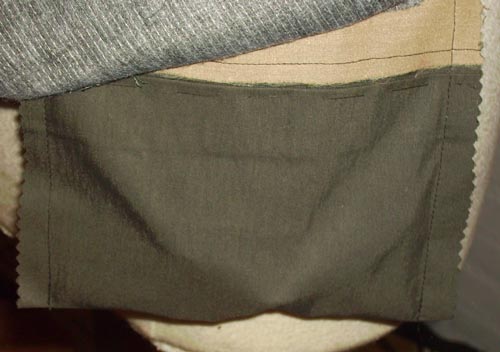
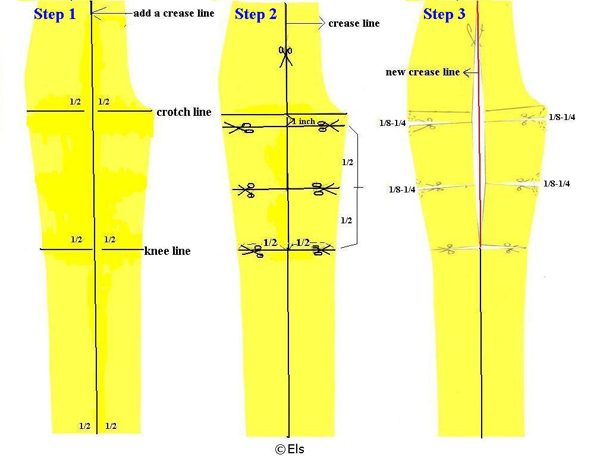

 Subscribe with Bloglines
Subscribe with Bloglines